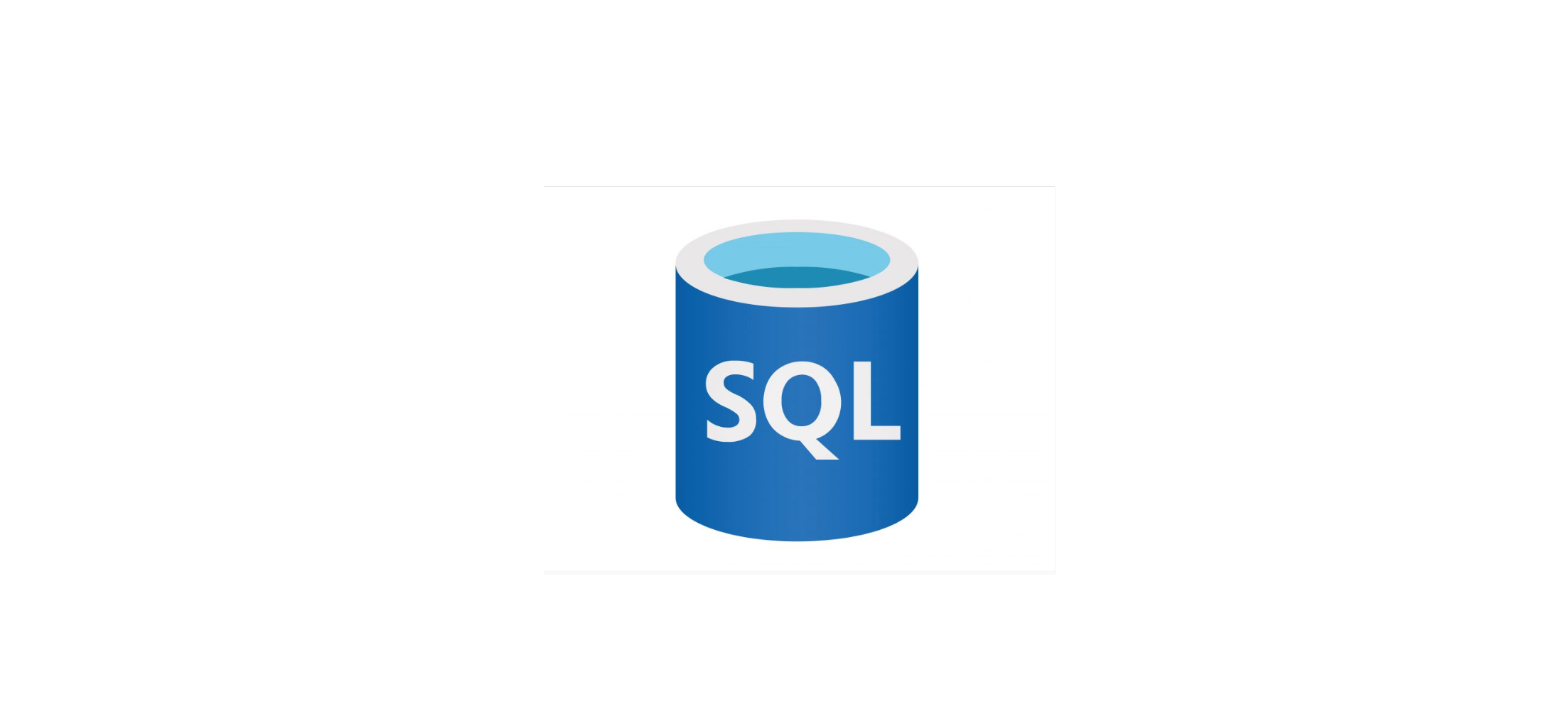See Related Article here:
Enterprise Design Pattern: SQL CRUD Explained
How We Wrote C# Code to Support Multiple Database Backends in 2006
Back in 2006, before Entity Framework or even LINQ to SQL, writing C# applications that needed to support multiple database backends was a challenging but fun problem.
There were no modern ORMs, so we had to get creative with design patterns, stored procedures, and abstraction layers to make our applications database-agnostic.
Entity Framework, LINQ Etc… these things did not come into common use until late 2000s…
In this article, I’ll walk you through how we handled this using Factory Pattern, Repository Pattern, and CRUD stored procedures, and I’ll even show a code example that worked across Oracle, Microsoft SQL Server, and MySQL.
The Problem: No ORM, Only Raw ADO.NET
In 2000’s, when you wanted to interact with a database in C#, you used ADO.NET. This meant dealing with:
- SqlConnection, OracleConnection, MySqlConnection (each DBMS had its own connection object).
- SqlCommand, OracleCommand, MySqlCommand (different syntax for executing queries).
- DataReaders, DataTables, and DataSets.
- Raw SQL and stored procedures.
There was no clean way to switch databases without rewriting a ton of code. So, we had to abstract the database layer.
MySql Notes: We could not do this approch below with MySql until around 2005, since Stored Procedures didnt exist in MySql until then.
The Solution: Abstracting the Database Layer
To make our C# application work across different databases, we used a combination of design patterns:
- Factory Pattern - To create the appropriate database objects dynamically.
- Repository Pattern - To provide a common interface for data access.
- Stored Procedures for CRUD Operations - To encapsulate logic inside the database and optimize performance.
Let’s break it down.
Step 1: The Factory Pattern for Database Independence
The Factory Pattern allowed us to instantiate the right database objects dynamically based on configuration settings.
C# Example: Database Factory
| |
Now, in our app, we could instantiate the correct database at runtime:
| |
Step 2: The Repository Pattern for Data Access
The Repository Pattern provided a common interface for interacting with the database, independent of the actual backend.
C# Example: Repository for Users
| |
This ensured that our application code never had to change regardless of which database we used.
Step 3: CRUD Stored Procedures for Different Databases
Each database backend had different syntax, so we wrote custom stored procedures for Create, Read, Update, and Delete (CRUD) operations.
SQL Server Stored Procedure (MSSQL)
| |
MySQL Stored Procedure
| |
Oracle Stored Procedure
| |
By keeping the stored procedures consistent in naming, the C# code remained unchanged.
Conclusion
Before ORMs like Entity Framework, we rolled our own database abstraction using:
- Factory Pattern to create database-specific objects.
- Repository Pattern to abstract data access.
- Stored Procedures to encapsulate database-specific logic.
This approach allowed our application to run on Oracle, Microsoft SQL Server, and MySQL without modifying the core business logic.
While modern ORMs have made things easier, sometimes you still need raw control over database operations, and this approach remains relevant today!
Key Ideas
| Concept | Summary |
|---|---|
| Factory Pattern | Created database-specific connection objects dynamically |
| Repository Pattern | Provided a unified interface for data access |
| Stored Procedures | Standardized CRUD operations across databases |
| Multi-DB Support | Enabled switching between MSSQL, MySQL, and Oracle |
This was how we built multi-database support in C# back in 2006!
